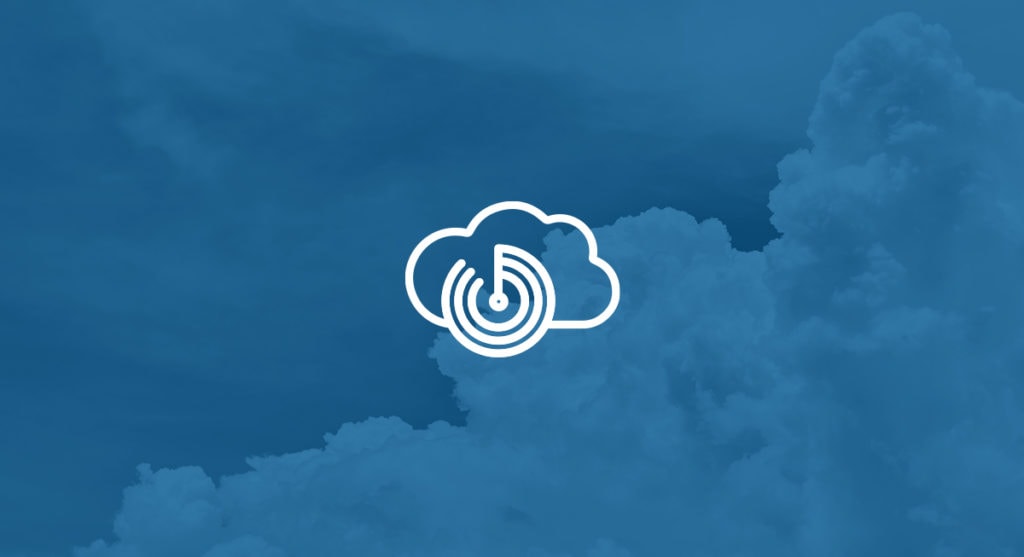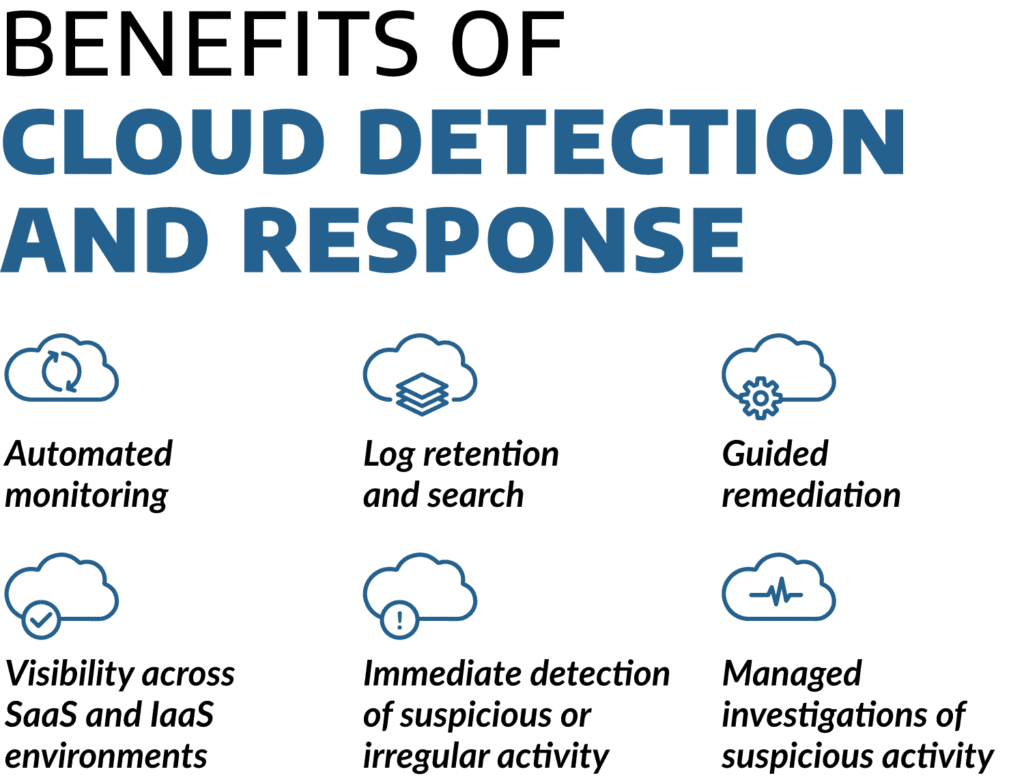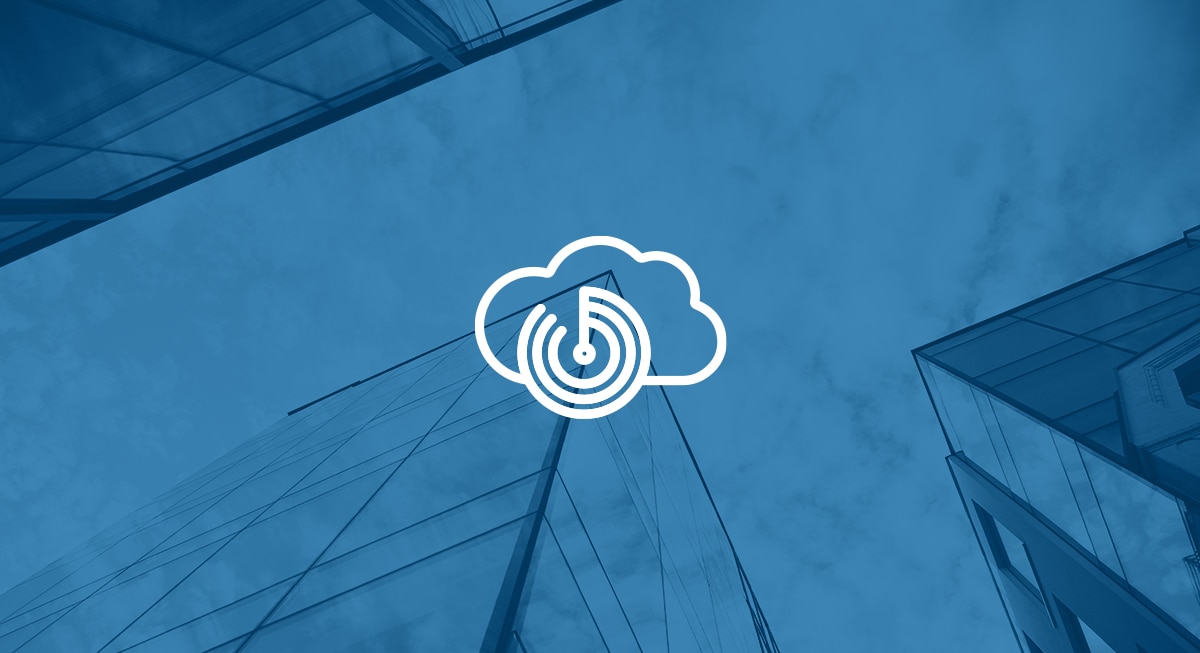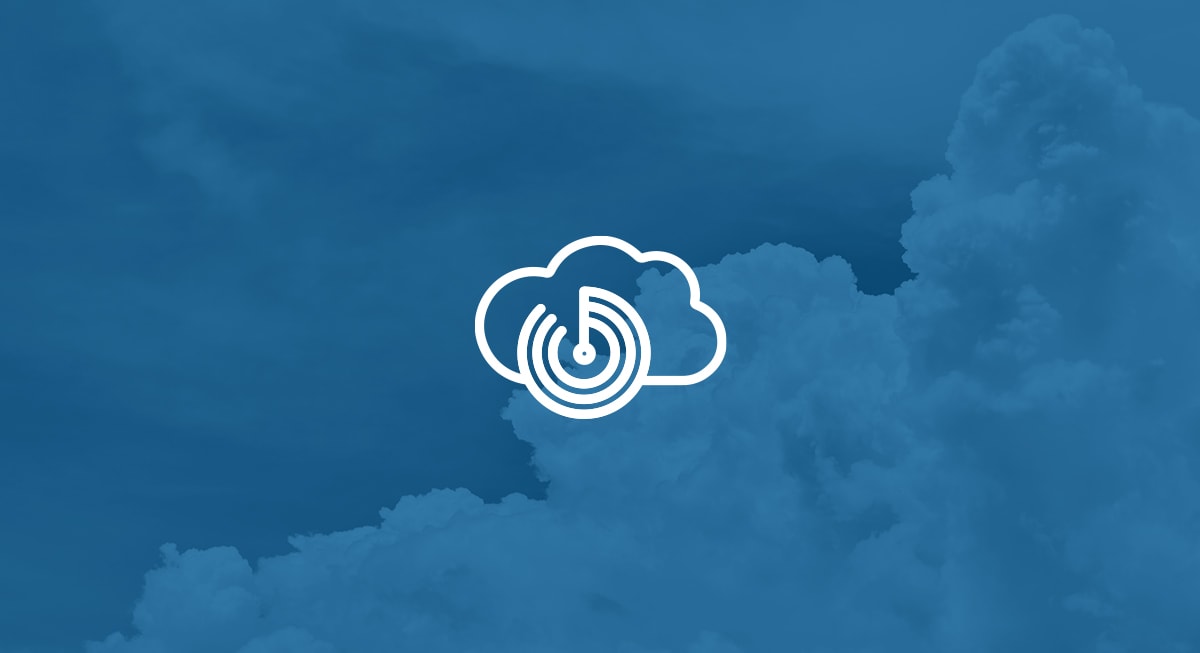Cloud adoption is vastly increasing.
Right now, 9o% of businesses are using or plan to use a multi-cloud environment. While the cloud, which refers to internet-accessed servers that are not directly managed by the business, can help organizations scale in a cost-effective manner, they also create new cybersecurity risks.
Not only are breaches increasing — 44% of security threats exploit the cloud — but just as organizations are struggling to hire and retain IT talent, they are also struggling to hire and retain cloud experts that can help mitigate rising threats. 92 percent of organizations admit they have a gap between their cloud use and their cloud security.
Because the cloud is managed separately from on-premise systems, it’s hard for organizations to gain insights into what’s happening in their cloud environment, and overwhelmed IT teams are unable to dedicate the time and resources to proper cloud protection.
But there are ways organizations can stay on top of rising cloud threats, allowing them to take advantage of the platform without putting their organization at risk: Cloud Detection and Response.
What Is Cloud Detection and Response?
Arctic Wolf Cloud Detection and Response (CDR) lets you detect attacks as they occur across multiple major cloud platforms. It utilizes custom rules to monitor the cloud environment (including IaaS and SaaS resources), and offers managed investigations, log retention, and incident response.
Key facets of strong cloud security follow the NIST framework, including: Identify, protect, detect, respond, and recover.
CDR covers all those bases, allowing organizations to gain visibility into their cloud environments, as well as detect pressing threats and mitigating them in real time.
What Does CDR Monitor?
CDR offers 24×7 SaaS (software-as-a-service) and IaaS (infrastructure-as-a-service) monitoring. CDR monitors those specific resources to detect critical threats such as phished credentials, impossible logins (I.e. from foreign locations), or suspicious integrations. While it offers holistic monitoring with broad visibility, CDR operates under customized rules, which allows organizations to tailor the monitoring to their specific environment and needs.
Two major facets of the cloud environment CDR monitors include:
SaaS solutions: This includes web applications that organizations use and store on the cloud, such as Office365 or Salesforce.
IaaS software: This includes the infrastructure within the cloud, such as Amazon Web Services, Google Cloud Platform, or Microsoft Azure. (43% of IT teams lack visibility into their cloud infrastructure environments).
Benefits of CDR
Just as your organization has firewalls for the security perimeter, identity and access management solutions, and possibly a monitoring and detection response for your servers, CDR is needed to ensure the security of your cloud environment. It’s one piece of the cybersecurity puzzle, and with the rise in cloud-related breaches, it’s becoming a critical component.
Benefits include:
- Automated monitoring that would be difficult to achieve in-house or manually.
- Visibility across SaaS and IaaS environments
- Immediate detection of suspicious or irregular activity
- Managed investigations of suspicious activity
- Log retention and search
- Guided remediation
Lurking Threats: Why Cloud Monitoring is Critical
Cyber criminals know that organizations have moved their operations to the cloud and are adjusting their nefarious strategies to meet the new environment. From exploiting misconfigurations to stealing credentials for cloud-based applications, operating in the cloud carries with it similar threats to operating utilizing intranet servers.
Four Major Areas that Can Create Risk in the Cloud:
1. Poor Configuration
With a growing skills gap and overwhelmed IT teams, it’s possible for cloud platforms to end up misconfigured, which prevents security controls, logging, and monitoring from operating effectively. Monitoring misconfigurations on a regular basis can be difficult to achieve manually
2. Policy Complexity
Cloud security products are not simple, and often require frequent changes that organizations are unable to keep up with.
3. A Vast Array of SaaS Applications Running Simultaneously
With hundreds of SaaS applications in use by a given organization, visibility remains a challenge and expands the risk surface.
4. Skills Gap
Many organizations’ IT teams lack the cloud expertise to ensure security.
It’s not that cybercriminals have created new attack vectors, they’re using the same old bag of tricks like brute-force attacks, phishing, and credential theft. It’s that they’ve realized the cloud is an avenue where there’s a lot of opportunity to take advantage of misconfigurations or poor security visibility. It’s the wide-open gap in the chain-link fence, and they’re ready to crawl through.
Example of a Cloud Breach: Accenture
In 2021. Accenture fell prey to a major ransomware attack that originated with a cloud misconfiguration. The small configuration error caused a massive credential theft, with the ransomware gang claiming access to over 40,000 Accenture customer passwords.
The cloud is both the future of your business and the fastest-growing risk for your business. It’s time to invest in cloud security to make sure your next threat is stopped before it becomes a full breach.
Discover More
Take a deep dive into cloud security with our webinar, “So You Want To … Level Up Your Cloud Security.”
Understand what you should be looking for in the Cloud Security Buyers’ Guide.
Learn more about Arctic Wolf Cloud Detection and Response with our FAQ.







